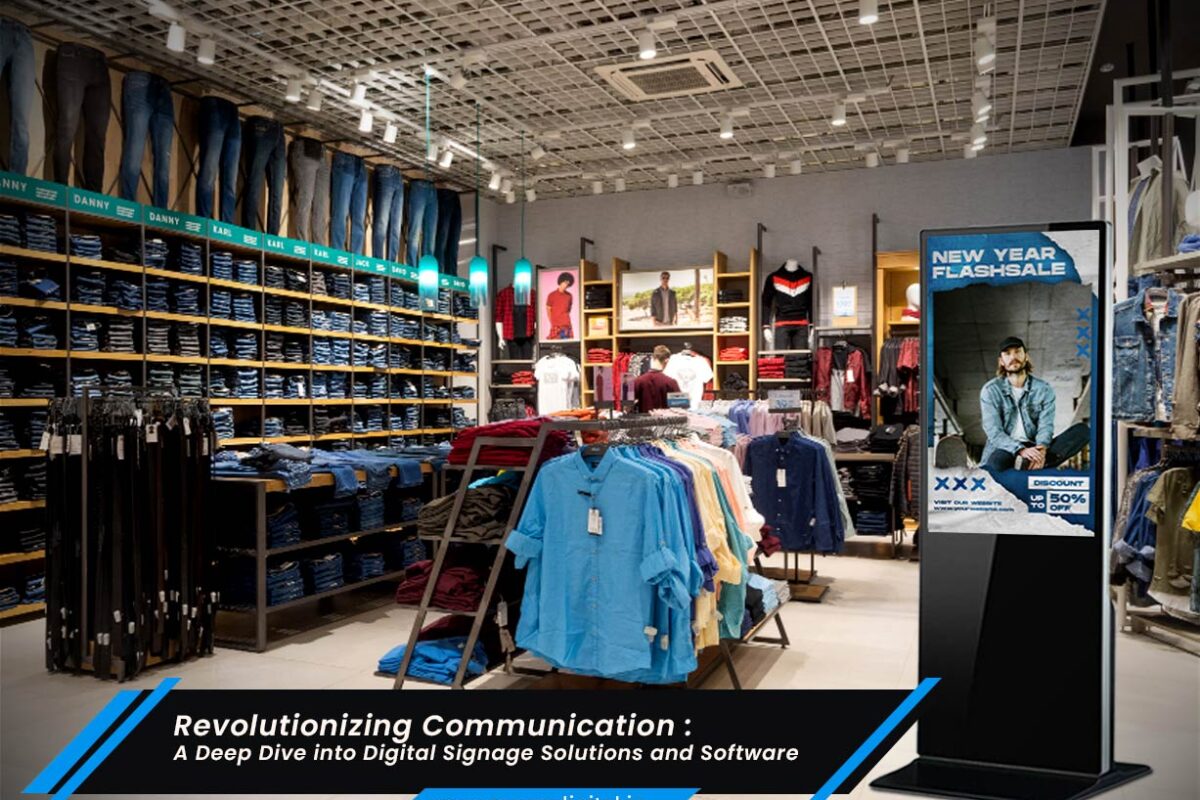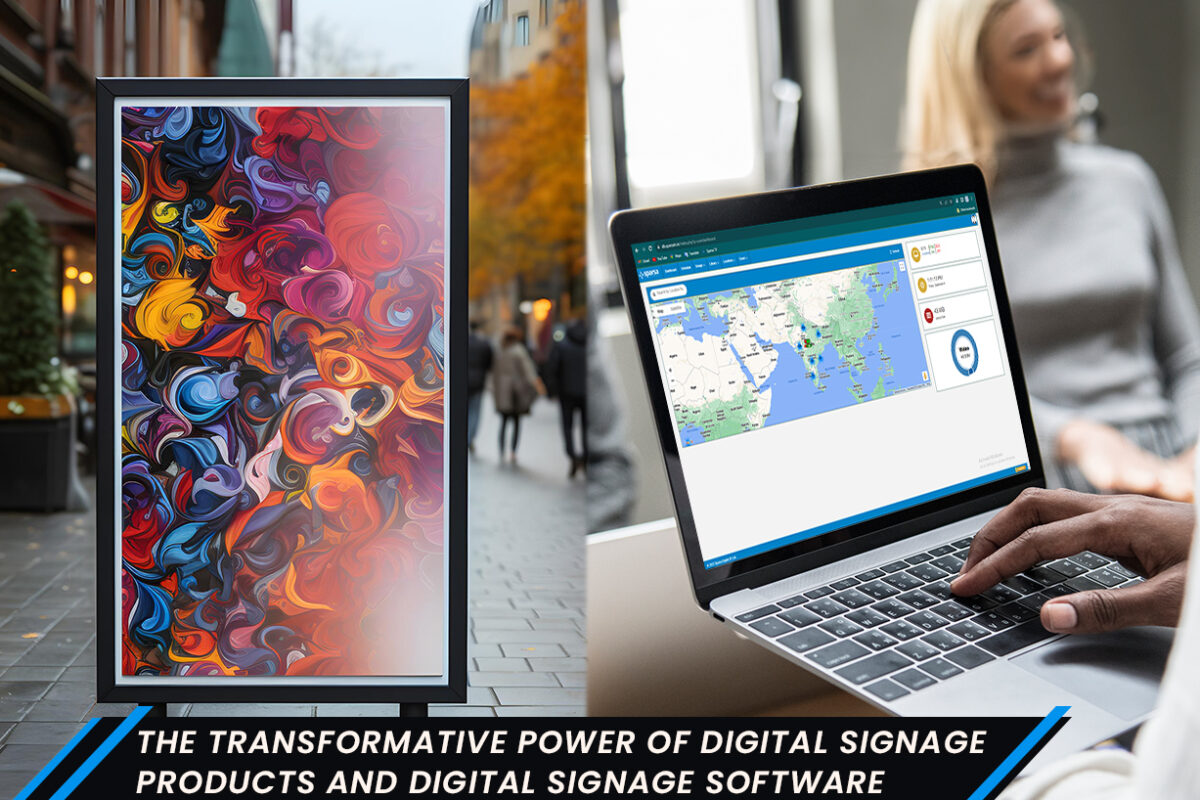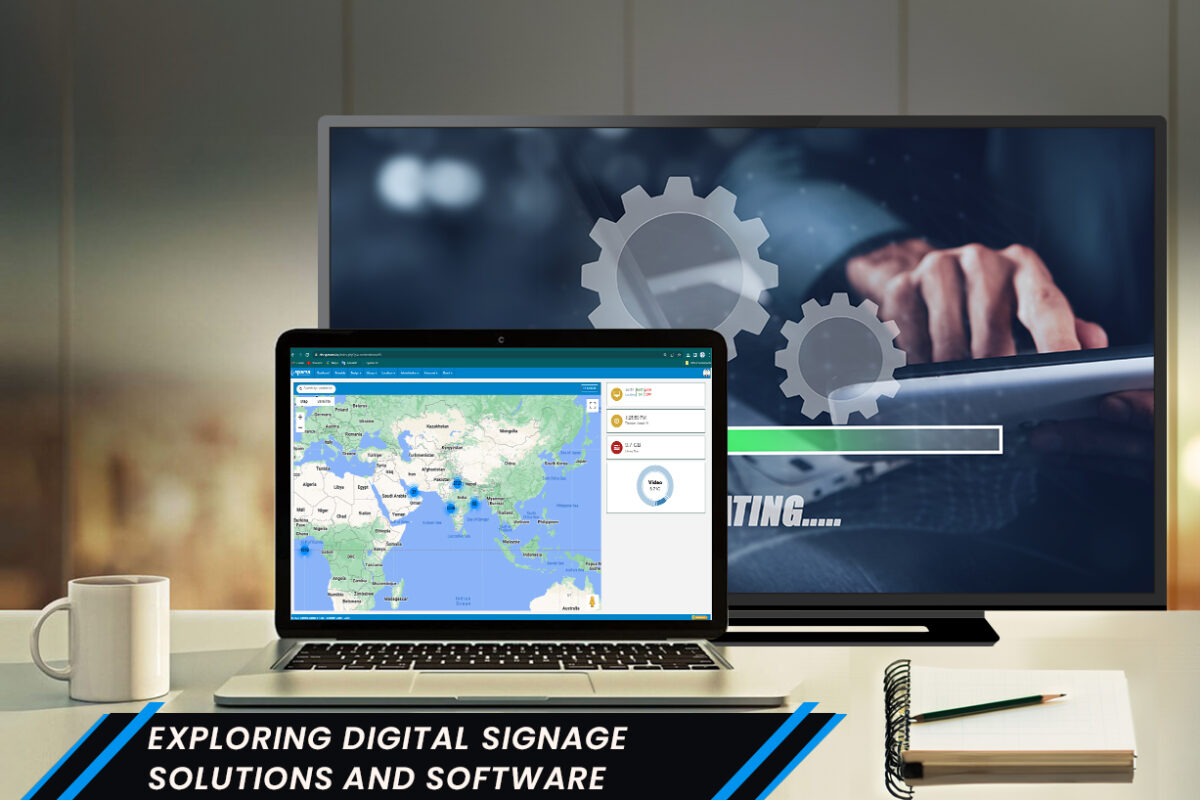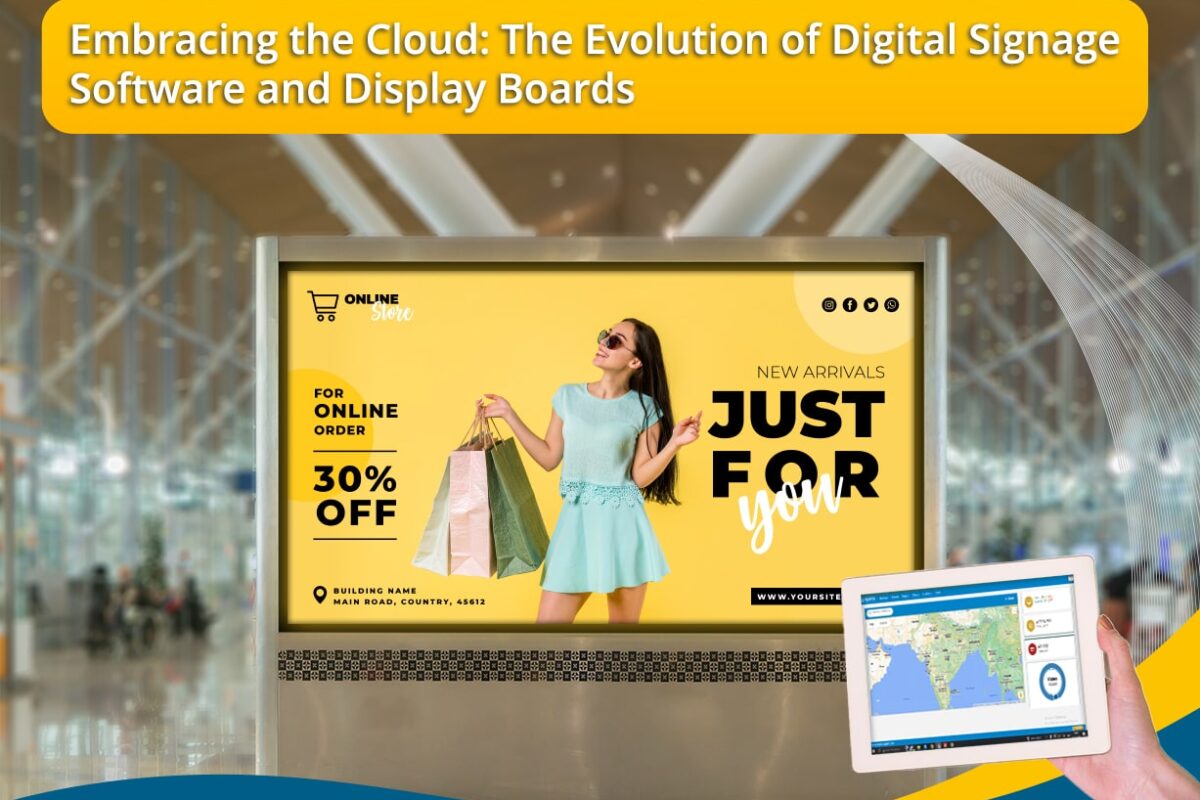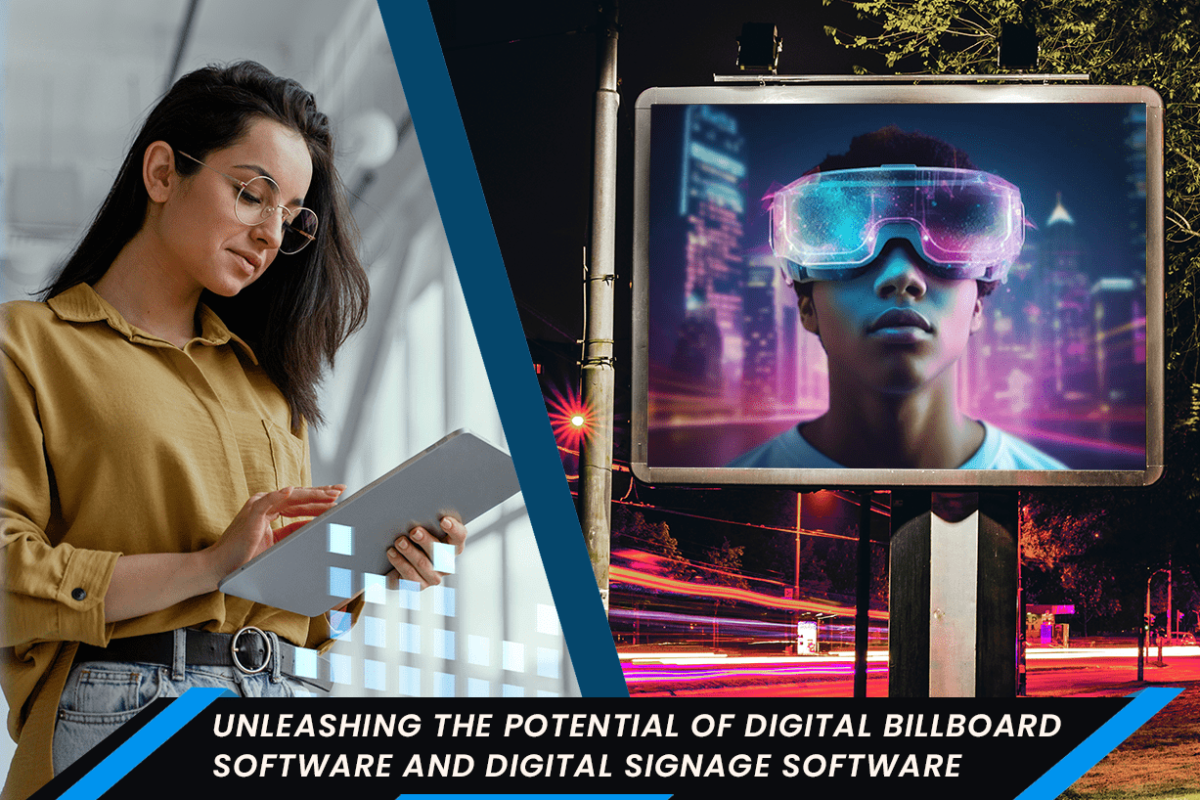In an era marked by rapid technological advancements, the landscape of communication has undergone a significant transformation. One notable innovation that has gained widespread adoption across various industries is digital signage. This blog aims to provide a comprehensive exploration of digital signage solutions and software, shedding light on their evolution, key features, applications, and future trends.
Understanding Digital Signage
Digital signage refers to the use of digital displays to convey information, advertisements, or messages to a targeted audience. Unlike traditional static signage, digital signage allows for dynamic content delivery, enabling organizations to engage their audience more effectively. The roots of digital signage can be traced back to the early 2000s when advancements in display technology paved the way for its emergence.
Evolution of Digital Signage Solutions
The journey of digital signage solutions begins with the transition from static to dynamic displays. Early implementations were often limited to simple text and graphics. However, as technology progressed, so did the capabilities of digital signage solutions. High-definition displays, touch-screen interactivity, and integrated audio features became commonplace, enhancing the overall user experience.
The integration of connectivity options, such as Wi-Fi and Bluetooth, further expanded the functionality of digital signage solutions. This allowed for real-time content updates, remote management, and the seamless integration of various devices into a cohesive digital signage network.
Key Components of Digital Signage Solutions
To truly understand the power of digital signage, it is essential to grasp the key components that make up a comprehensive solution:
- Hardware: The display screens, media players, and other physical components constitute the hardware of a digital signage system. The evolution of display technology, including LED and OLED, has played a pivotal role in enhancing visual quality and versatility.
- Software: Digital signage software serves as the brain of the system, facilitating content creation, scheduling, and distribution. Cloud-based solutions have become increasingly popular, offering scalability, flexibility, and remote management capabilities.
- Content Creation Tools: Engaging content is at the heart of any successful digital signage strategy. Content creation tools empower users to design visually appealing and impactful messages tailored to their audience.
- Content Management Systems (CMS): CMS enables the organization and scheduling of content, ensuring that the right message reaches the right audience at the right time. User-friendly interfaces and analytics features are integral aspects of modern CMS.
- Connectivity and Integration: The ability to connect and integrate with other systems, such as databases, social media feeds, and third-party applications, enhances the versatility of digital signage solutions.
Applications Across Industries
The versatility of digital signage solutions transcends industry boundaries. Various sectors have embraced this technology to enhance communication, engage audiences, and streamline operations:
- Retail: Digital signage in retail environments serves as a powerful tool for advertising, brand promotion, and enhancing the overall shopping experience. Interactive displays and personalized content contribute to increased customer engagement.
- Hospitality: In hotels and restaurants, digital signage is utilized for wayfinding, menu displays, event promotions, and guest communication. The dynamic nature of digital signage allows for real-time updates and customization based on the time of day or special occasions.
- Education: Educational institutions leverage digital signage for campus communication, event promotion, and as an interactive learning tool. It provides a dynamic platform for disseminating information to students, faculty, and visitors.
- Healthcare: In healthcare settings, digital signage is employed for patient communication, wayfinding, and displaying critical information such as wait times and health tips. The adaptability of digital signage is particularly beneficial in environments where information needs to be regularly updated.
- Corporate Communication: Businesses use digital signage to enhance internal communication, display key performance indicators, and broadcast company news. Meeting room signage and employee recognition programs are also facilitated through digital signage solutions.
Challenges and Solutions
While the benefits of digital signage are evident, challenges such as content management, scalability, and security must be addressed. Cloud-based solutions have emerged as a key enabler, offering centralized control, automatic updates, and improved security protocols. Additionally, advancements in artificial intelligence (AI) and data analytics contribute to more personalized and effective content delivery.
Future Trends and Innovations
As technology continues to evolve, so do the trends in the digital signage industry. Emerging technologies such as augmented reality (AR) and virtual reality (VR) are poised to revolutionize the user experience. AI-driven content personalization, integration with Internet of Things (IoT) devices, and enhanced interactivity are expected to shape the future of digital signage solutions.
Conclusion
In conclusion, the world of digital signage solutions and software represents a dynamic and transformative force in modern communication. From its humble beginnings as a means of displaying static content, digital signage has evolved into a sophisticated ecosystem that enhances engagement, informs audiences, and drives business outcomes. As technology continues to advance, the future promises even more innovative applications and seamless integration with emerging technologies, solidifying the role of digital signage as a cornerstone of effective communication across diverse industries.
Confused as to where to start from? We have got you covered. We, at Sparsa Digital, make sure that solutions are provided considering the needs and requirements of a stakeholder. It is never too late to get started with digital signage solutions. We are there for your journey! Connect with our team today and book an appointment.

